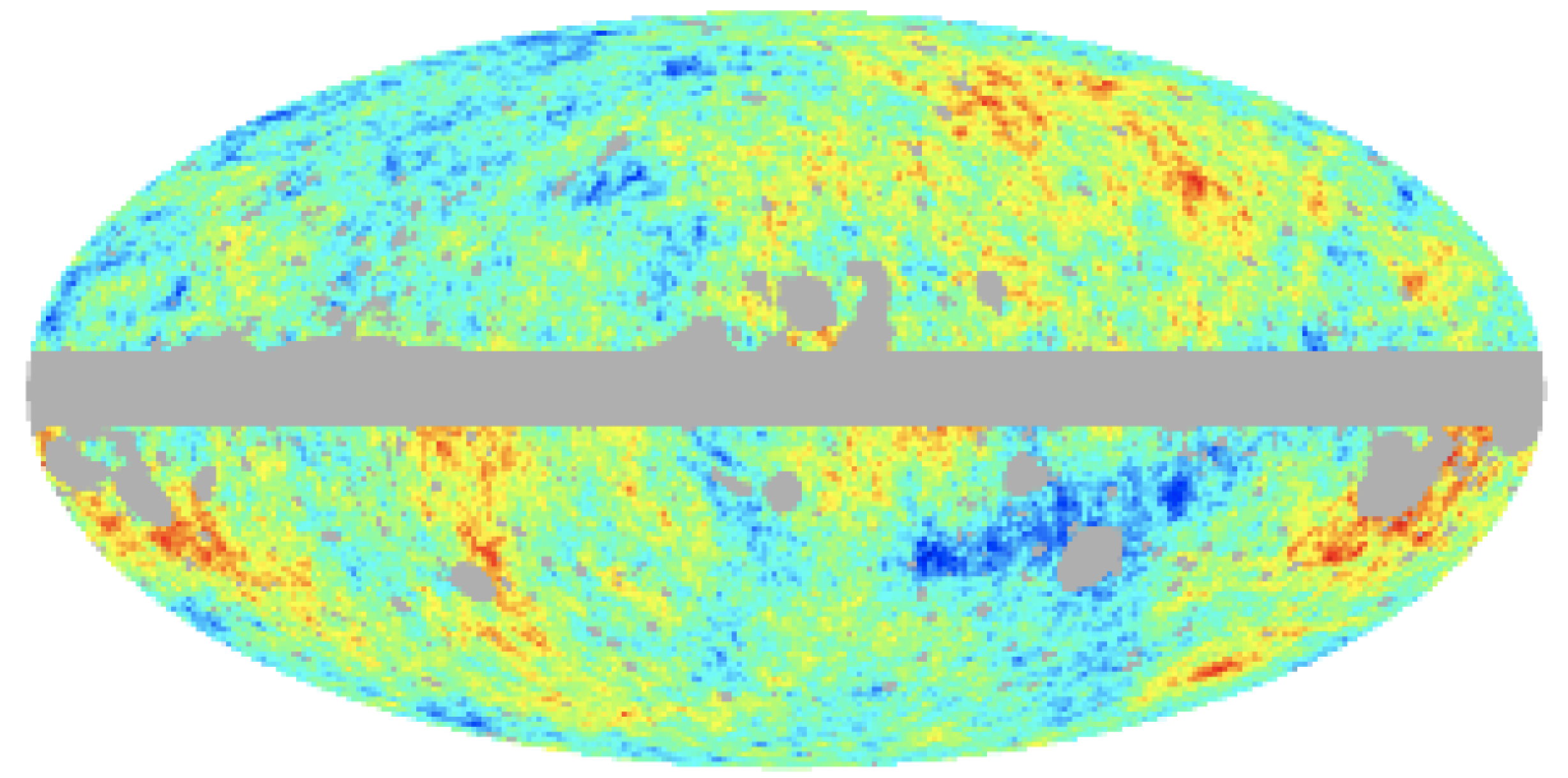The Gruber Foundation 2018 Cosmology Prize to Planck Team (including Dick Bond, Peter Martin)
“The Gruber Foundation is pleased to present the 2018 Cosmology Prize to the Planck Team, and to Jean-Loup Puget and Nazzareno Mandolesi, the leaders of the HFI and LFI instrument consortia, for mapping the temperature and polarization of the cosmic microwave background radiation with the ESA Planck spacecraft.
Planck measured, with unprecedented precision, the matter content and geometry of the universe, the imprint on the CMB of hot gas in galaxy clusters and of gravitational lensing by large-scale structure, constrained a hypothetical `inflationary’ phase, pinned down when the first stars formed, and provided unique information about interstellar dust and magnetic fields in our Galaxy.”
CITA was one of two Canadian nodes for Planck, the other being at UBC. The Canadian Space Agency and professors Dick Bond, Peter Martin, and Barth Netterfield took leadership positions in the consortium. Bond’s involvement began in 1993 at the very beginning, Canada and CSA from 2001. Martin’s involvement also began in 2001.
A number of CITAzens have been involved in the Plank Team, including: Dick Bond, Jens Chluba, Olivier Dore, Zhiqi Huang, Antony Lewis, Carrie Mactavish, Peter Martin, Daan Meerburg, Marc-Antoine Miville-Deschenes, Mike Nolta, Niels Opperman, and Simon Prunet. In addition, former CITA National Fellows Duncan Hason, Yin-Zhe Ma, Elena Pierpaoli, and former CITA Council members Andrei Frolov, Dmitry Pogosyan, and Douglas Scott are also recognized.
University of Toronto Department of Astronomy & Astrophysics also has had Planckians, and they include Barth Netterfield, Brendan Crill, Francine Marleau, and Juan Solar.
All-sky reconstruction of primordial curvature in the ultra-early Universe which grows by gravitational instability into all of the structure in the Universe. This is derived from the Planck cosmic microwave background temperature and polarization data and shows the power of the Planck data is used to glimpse the state of the Universe at its very beginnings. Planck’s most celebrated findings have been showing the early Universe is remarkably simple: a nearly-Gaussian random field encoded by a power spectrum characterized by two numbers, an overall amplitude and a slope, all in excellent agreement with predictions of the simplest models of cosmic inflation. (credit: Dick Bond and Zhiqi Huang, CITA)
Related articles:
Gruber website
UofT News
